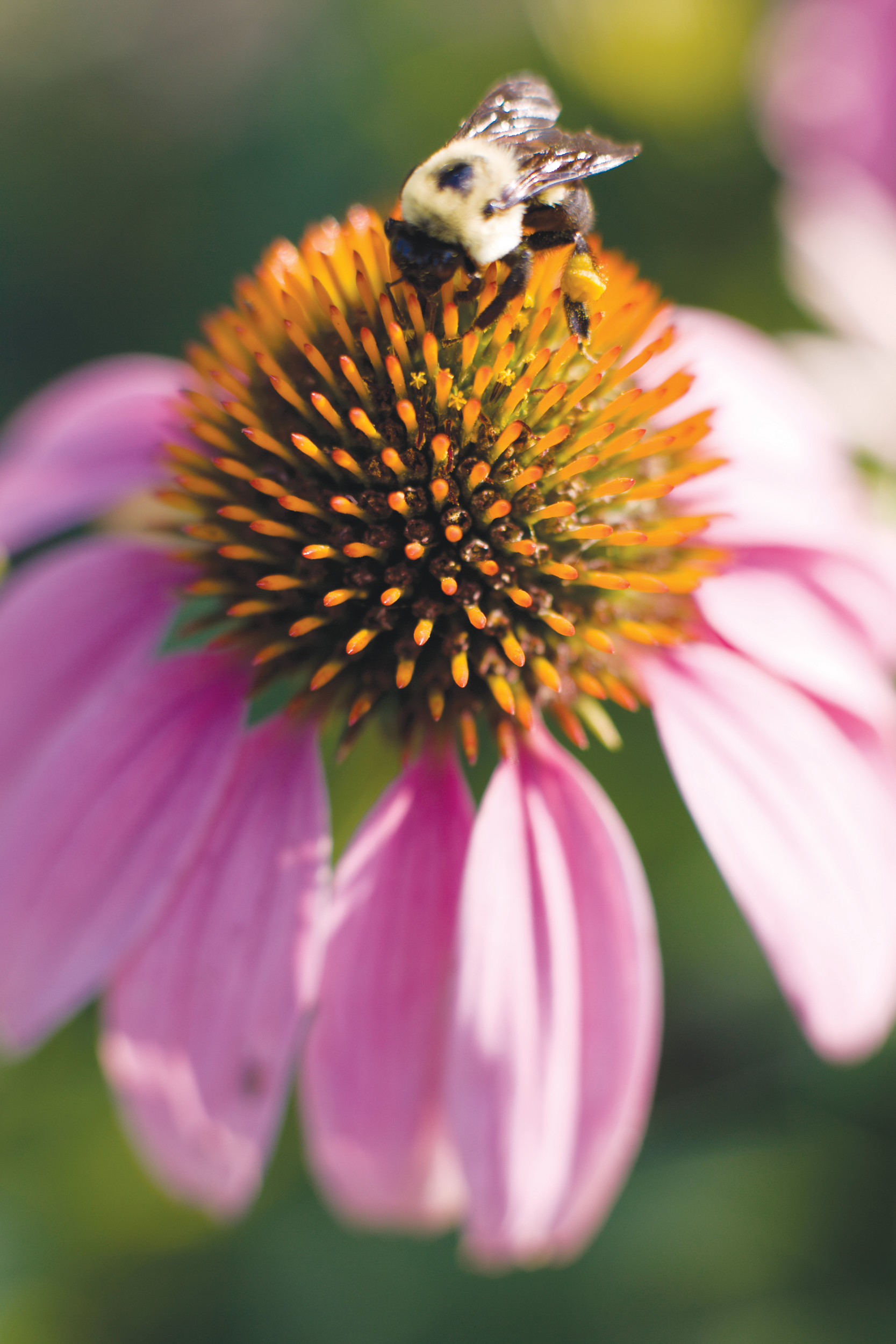Unsung heroes: The Other Pollinators?
GREEN COVE SPRINGS – While watching some earwigs feed on nectar on a warm night in Salt Lake City Utah this past week with a few other UF/IFAS Extension Agents (this is what we do for fun), I began …
This item is available in full to subscribers.
Attention subscribers
To continue reading, you will need to either log in to your subscriber account, or purchase a new subscription.
If you are a current print subscriber, you can set up a free website account and connect your subscription to it by clicking here.
If you are a digital subscriber with an active, online-only subscription then you already have an account here. Just reset your password if you've not yet logged in to your account on this new site.
Otherwise, click here to view your options for subscribing.
Please log in to continueDon't have an ID?Print subscribersIf you're a print subscriber, but do not yet have an online account, click here to create one. Non-subscribersClick here to see your options for subscribing. Single day passYou also have the option of purchasing 24 hours of access, for $1.00. Click here to purchase a single day pass. |
Unsung heroes: The Other Pollinators?
GREEN COVE SPRINGS – While watching some earwigs feed on nectar on a warm night in Salt Lake City Utah this past week with a few other UF/IFAS Extension Agents (this is what we do for fun), I began to think of all of the animals that do not get recognition for the work they do to pollinate our plants.
While butterflies and bees seem to be the first thing most think of, many different insects and animals play an important role in the pollination process.
One major pollinator that is overlooked, and even feared by some, is the bat. Numerous bat species do feed primarily on insects but they also can travel from flower to flower, spreading pollen as they go. Birds also play an important role in pollination, with hummingbirds getting most of the attention but other species play a role as well.
Insects other than bees and butterflies also are exceedingly important to pollination. Beetles that feed on pollen, nectar, or other insects will walk through the flower, bringing pollen grains from one plant to another. Several wasps and members of most every insect family also provide this service. Even flies are great pollinators and some plants are adapted to smell bad to attract them to their blooms.
Other mechanisms for pollen transmission also occur such as through the wind, water, and even with humans, intentional or not. In fact, many flowers even self-pollinate, not needing a partner to reproduce.
If you want to help pollinators, the concepts are similar to how you would attract wildlife or butterflies to your garden. Provide shelter, whether they are bat houses, bird houses, logs, or plants along with a food source. Planting a variety of flowering plants along with different vertical layers can greatly increase the biodiversity of your landscape. Also look at the characteristics of each plant, as many are adapted to attract a particular pollinator so choose the right plant to bring in your desired animal.
Another topic that is linked to protecting pollinators is pest management. Choose to use low impact methods such as removal of affected plant parts, spraying with water, or low toxicity chemicals such as horticultural oil or insecticidal soaps when an issue becomes severe enough to warrant treatment.
With any chemical application, check the plant you are treating for the presence of pollinators and then follow all directions found on the product’s label. You may see requirements such as not applying while plants are flowering, which are there to protect the pollinators. In regards to bees, it is best to apply any pesticide in the late afternoon or evening and to stay away from powdered products, which can stick to the insect and be carried back to the hive.
For further information on pollinators in your garden, visit http://gardeningsolutions.ifas.ufl.edu/design/gardening-with-wildlife/ where you can find further information on gardening to benefit our pollinating friends and if you have any questions contact the University of Florida/IFAS Clay County Extension Office at (904) 284-6355 or email them to IF-SVC-Clay-MG@ad.ufl.edu.








